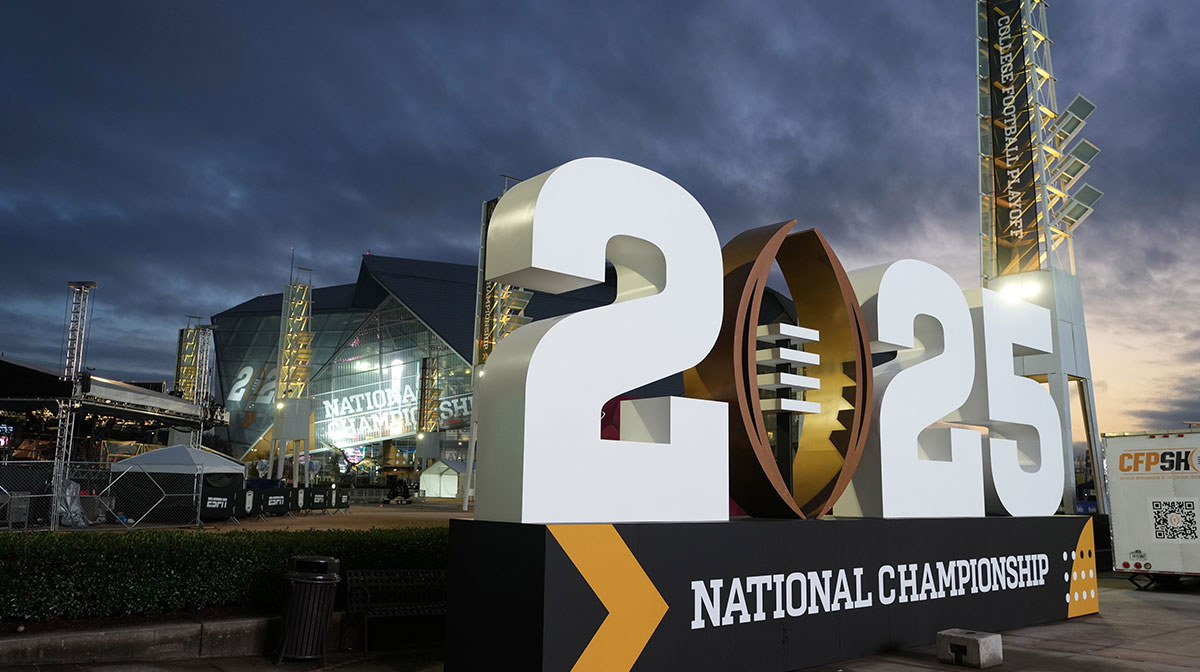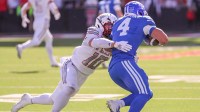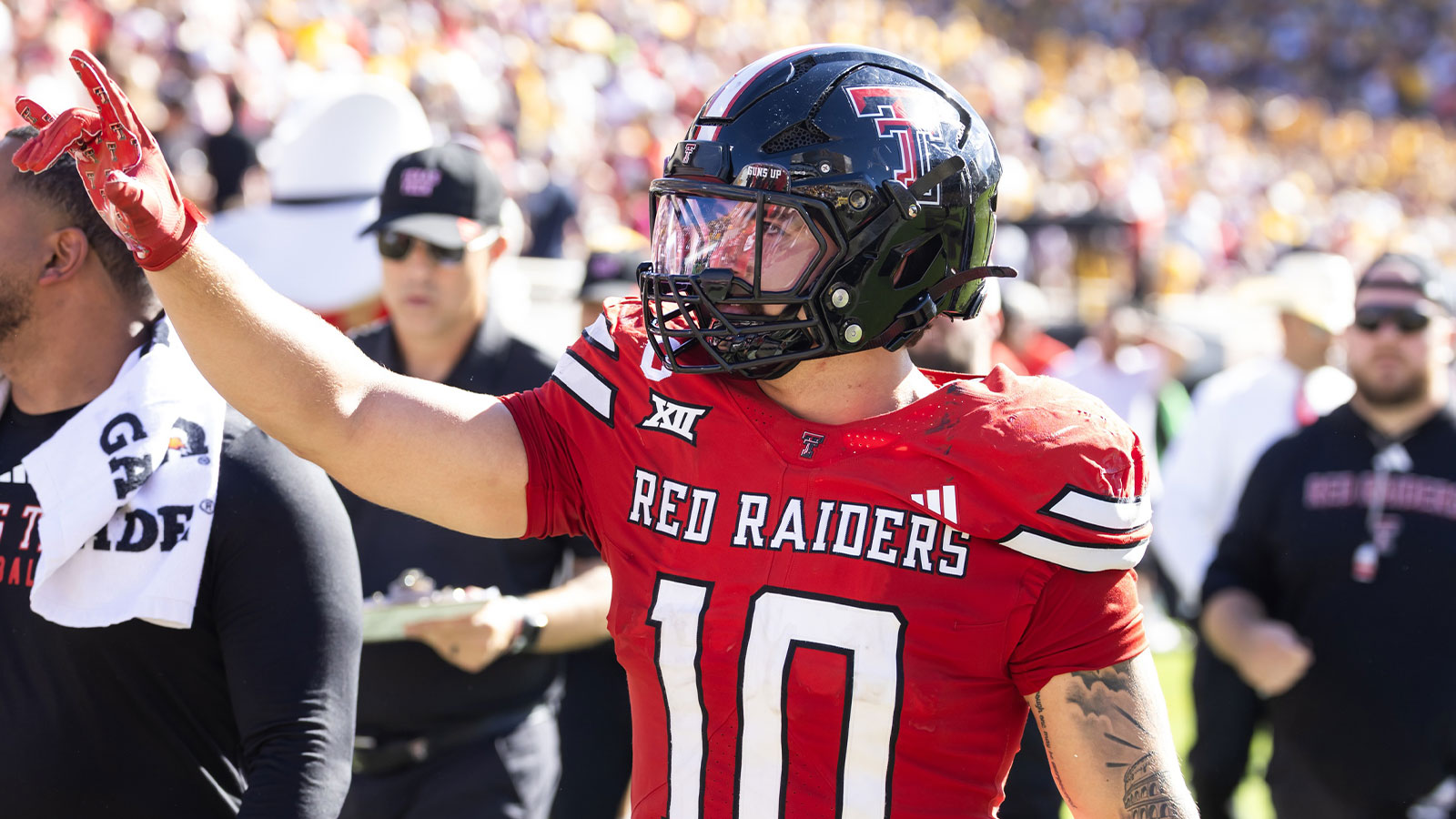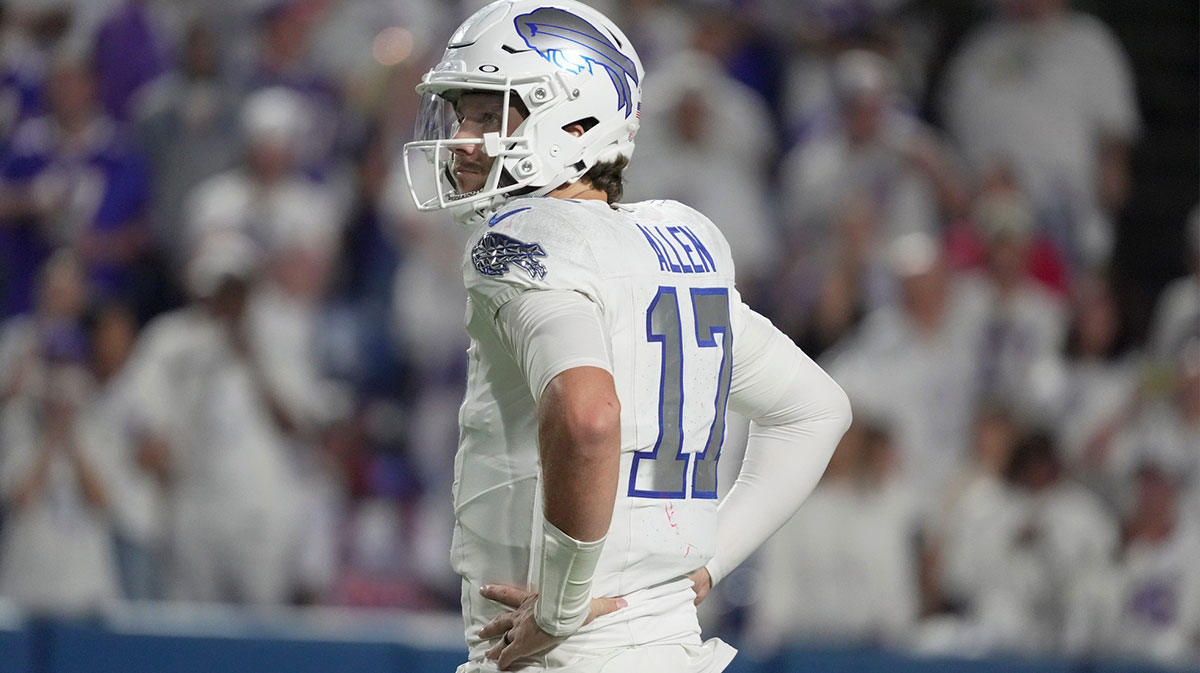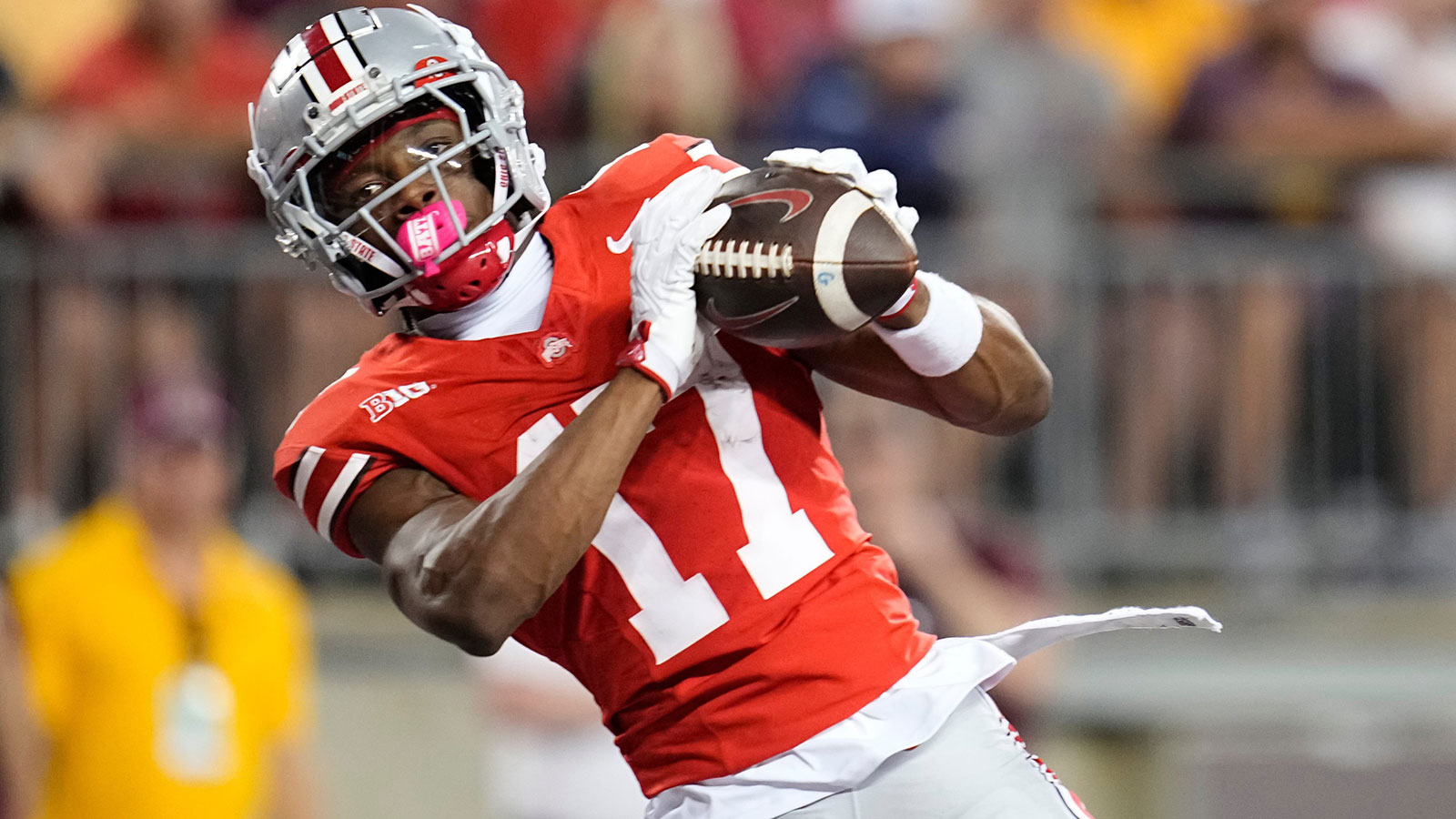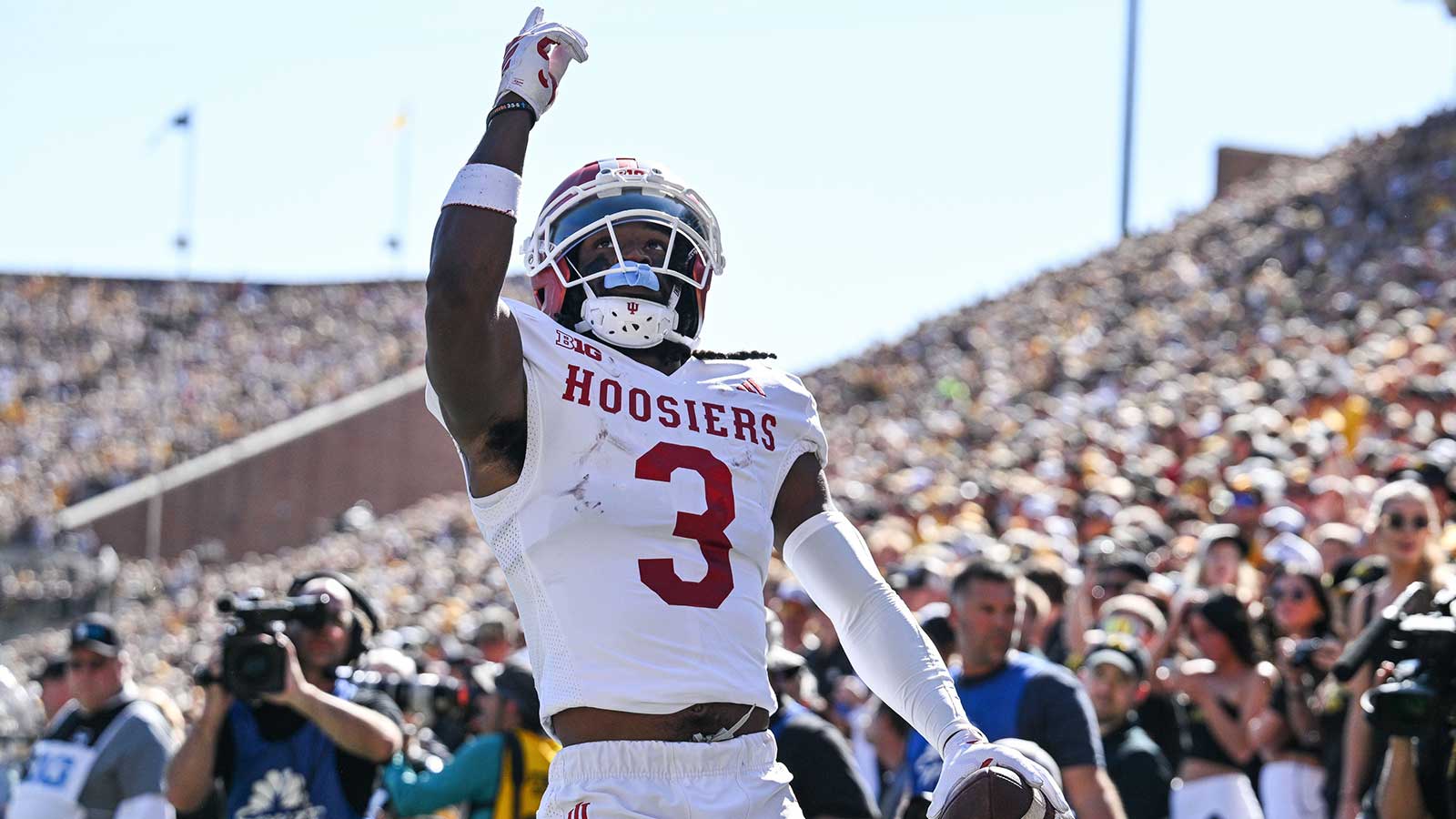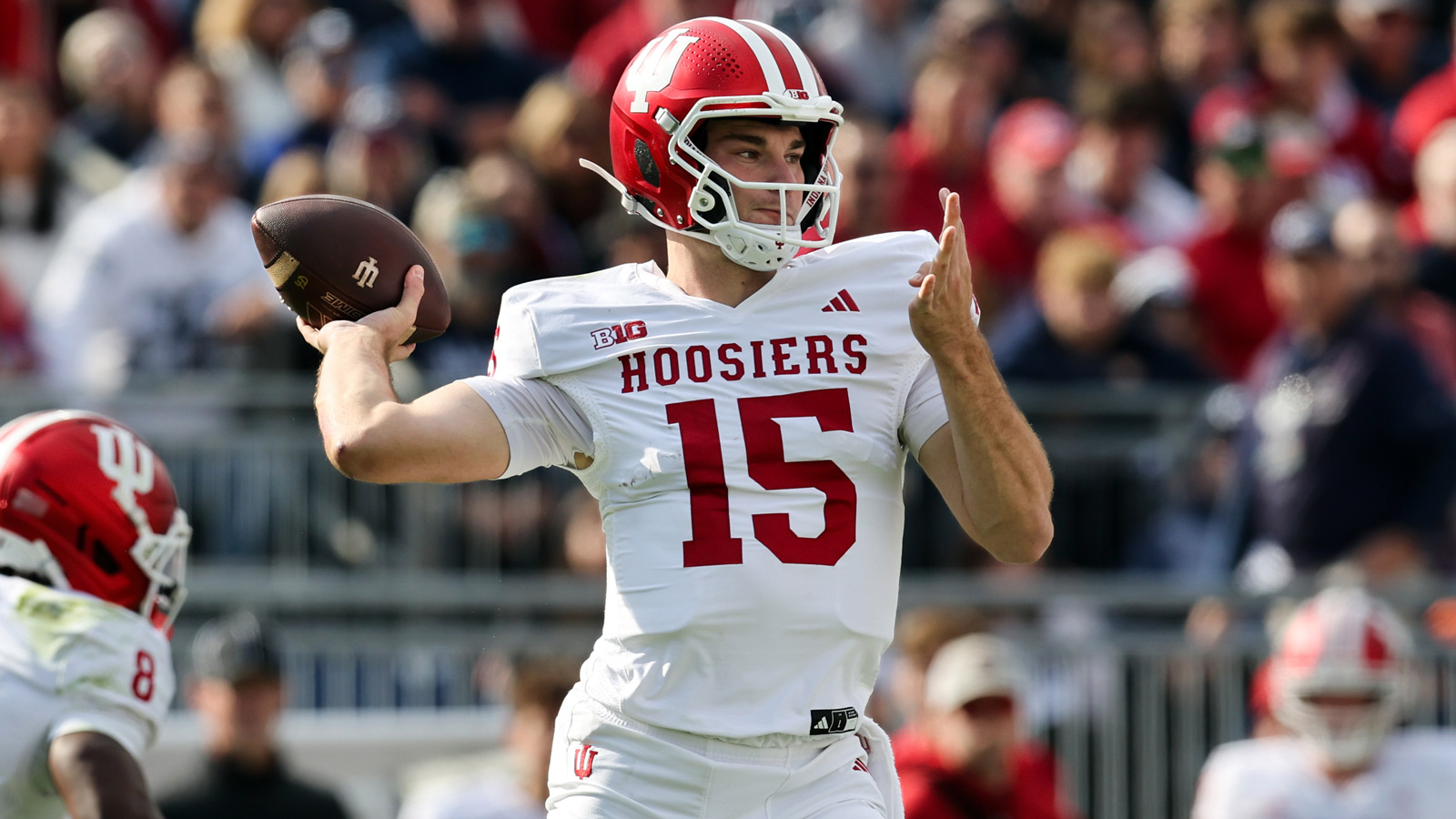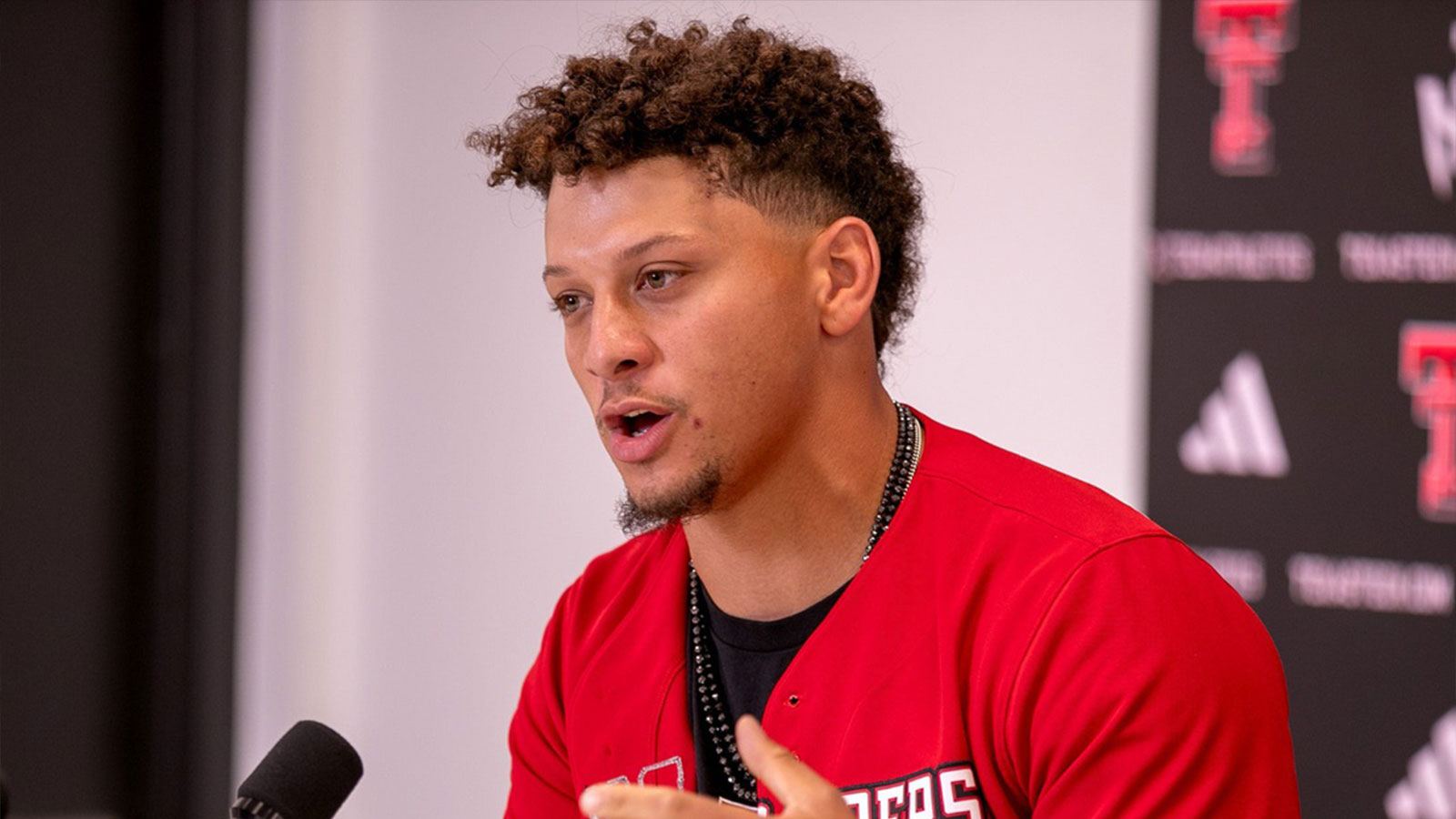NIL money at college and universities across the country will be managed differently after a change to Title IX ruling earlier this week. NIL money was originally considered financial aid, and because of that, direct payments had to be equitably distributed between male and female athletes. The Department of Education announced on Wednesday that Title IX no longer applies to NIL deals.
“Without a credible legal justification, the Biden Administration claimed that NIL agreements between schools and student athletes are akin to financial aid and must, therefore, be proportionately distributed between male and female athletes under Title IX,” Craig Trainor, acting assistant secretary for civil rights said in a statement. “The claim that Title IX forces schools and colleges to distribute student-athlete revenues proportionately based on gender equity considerations is sweeping and would require clear legal authority to support it.”
The biggest money maker for every school is their college football program, and after that, it's men's basketball. Because of that, schools are planning on sending the majority of this money to these programs.
“I think most schools are preparing to spend 85 – 90% of their revenue share pool on football and men’s basketball,” College football insider Ross Dellenger said during an episode of College Football Inquirer. “Around 70 – 80% on football and another 10,15, maybe 20% on men’s basketball. So that would have put them in violation of this guidance certainly that said that the rev share payments, which are NIL payments directly from the school, that’s how college athletic leaders are describing it, is that these are payments by the school buying the athletes exclusive or non-exclusive NIL rights, and that the guidance had originally said should be split evenly. Obviously that’s an issue if most schools are planning on spending 80 – 90% on men’s sports. Which led to certainly a lot of freaking out about a month ago when that came out.”
This is a huge ruling that has a major impact on how college athletic departments will distribute these NIL payments.

